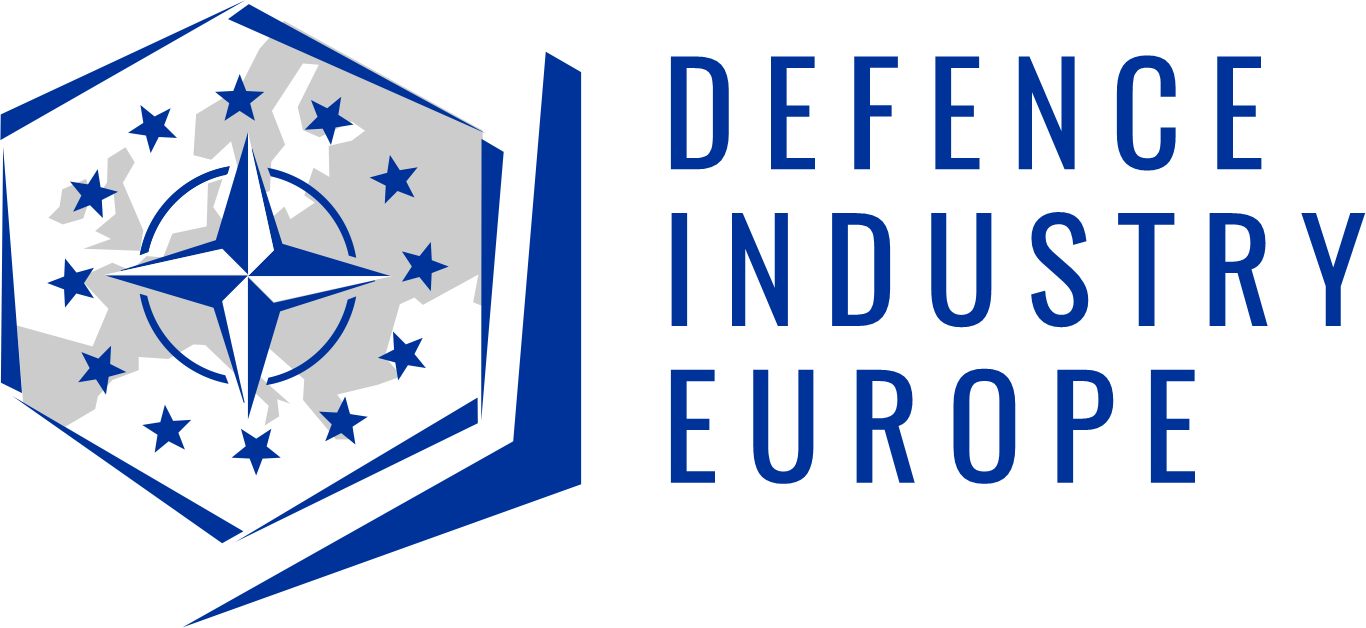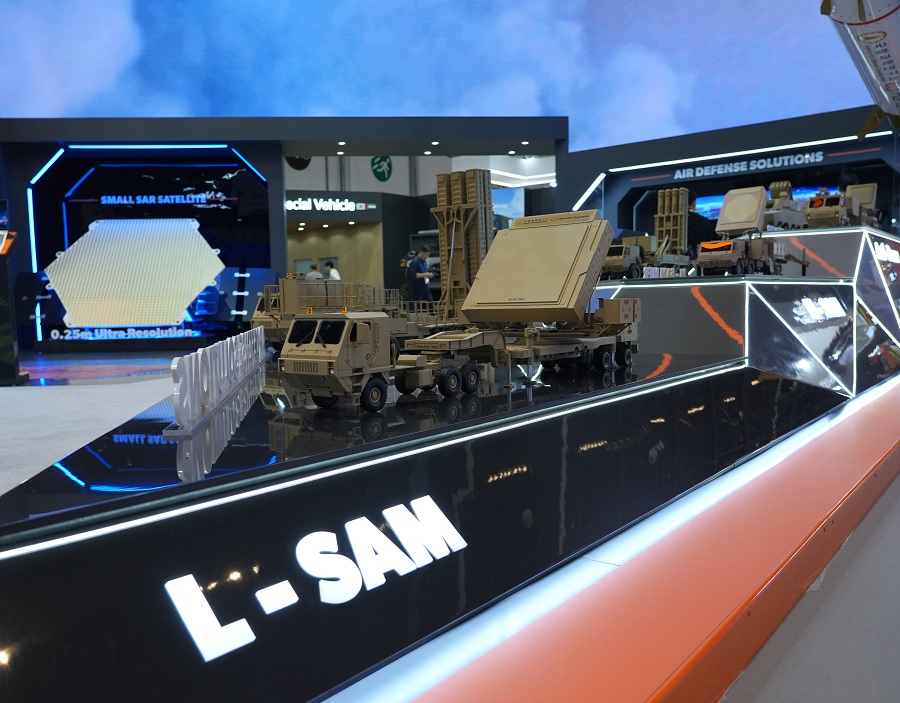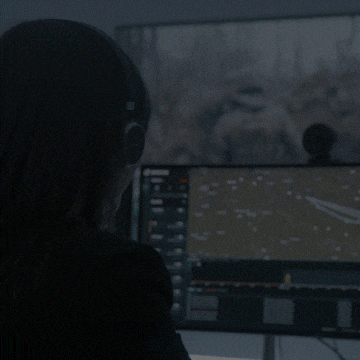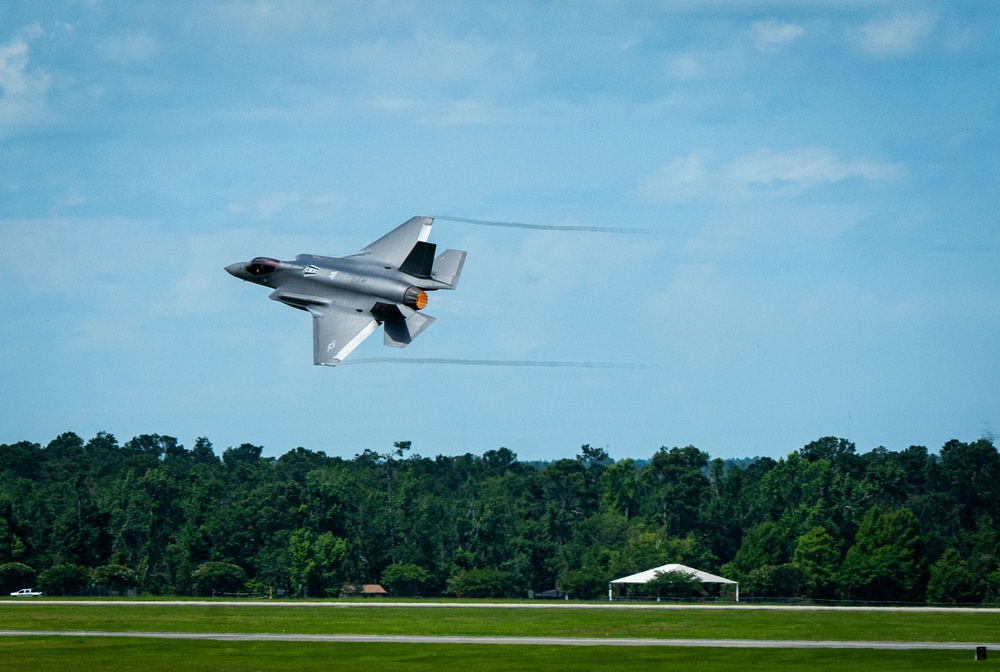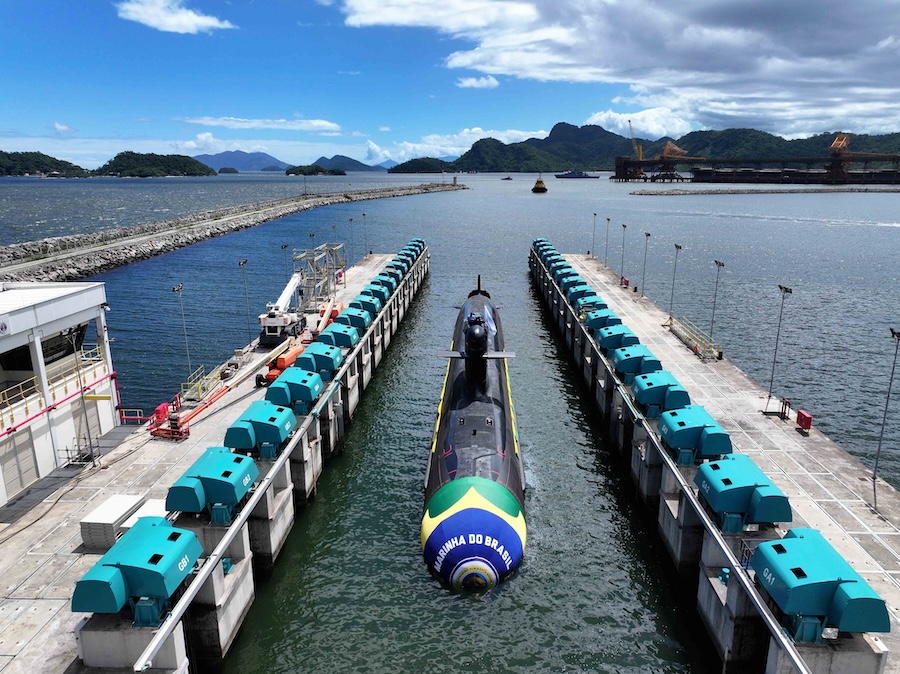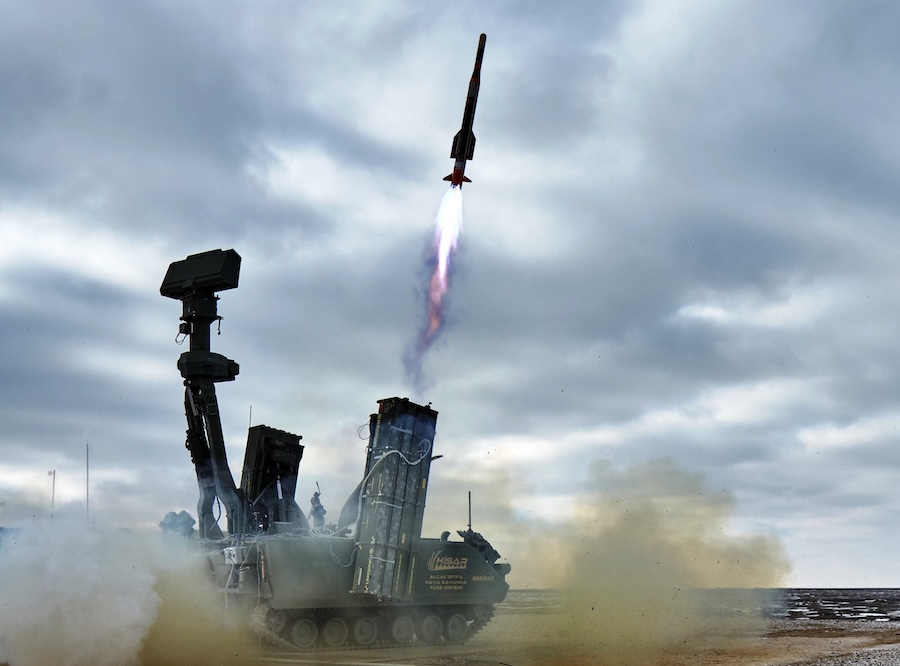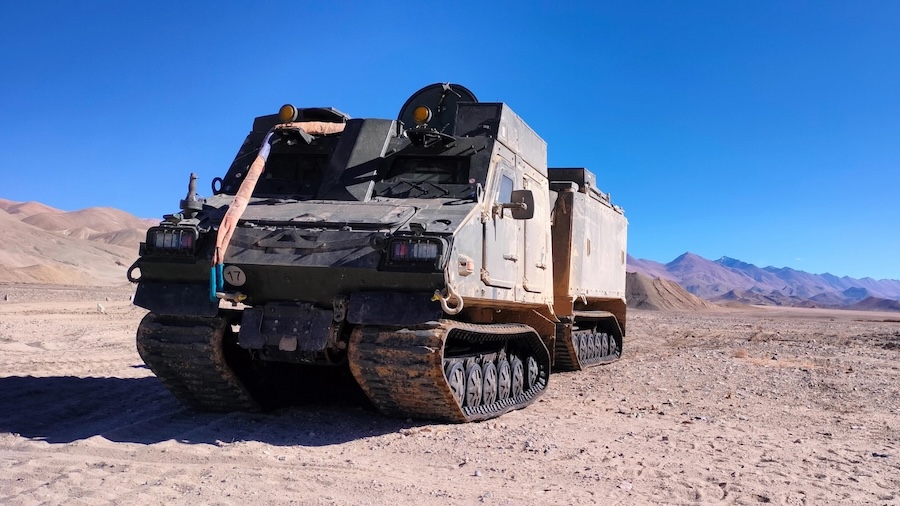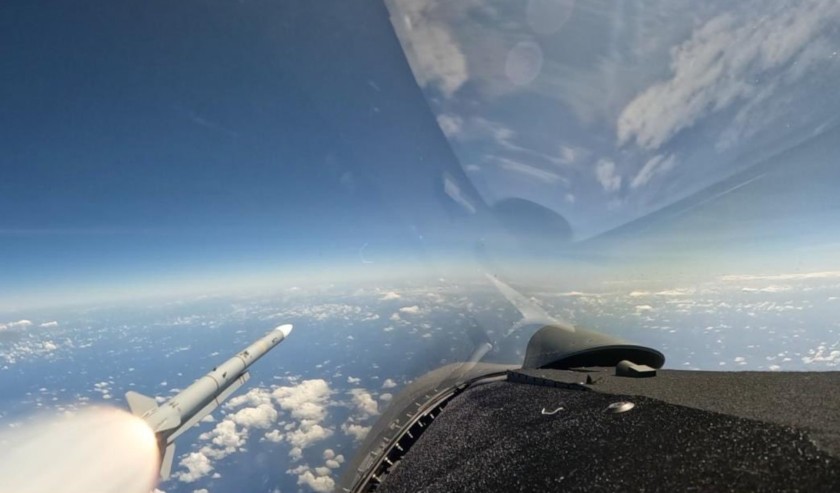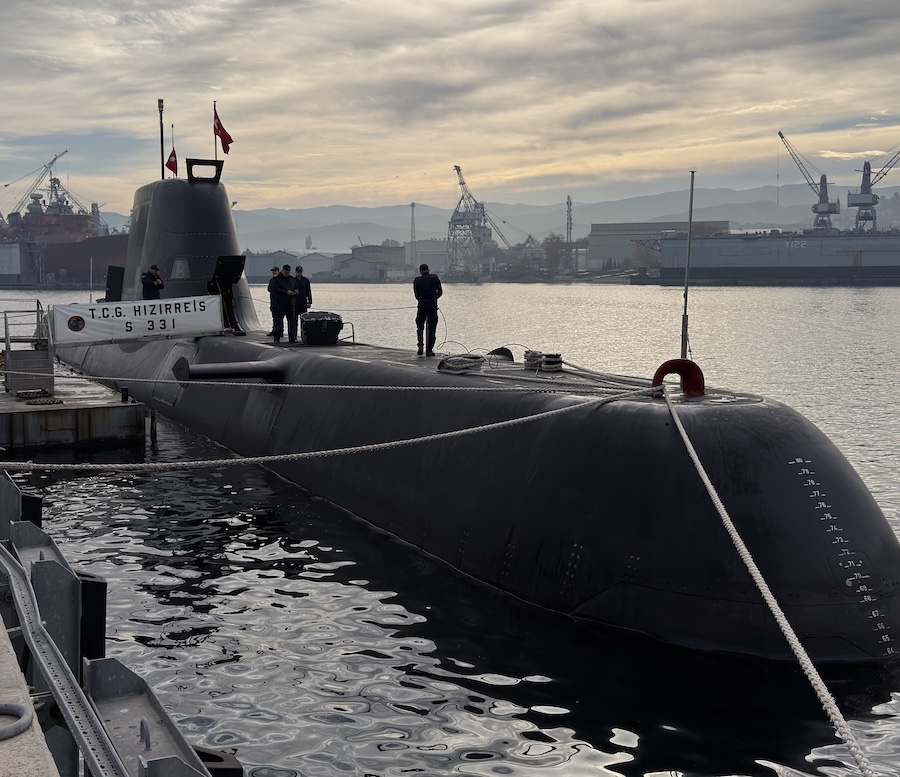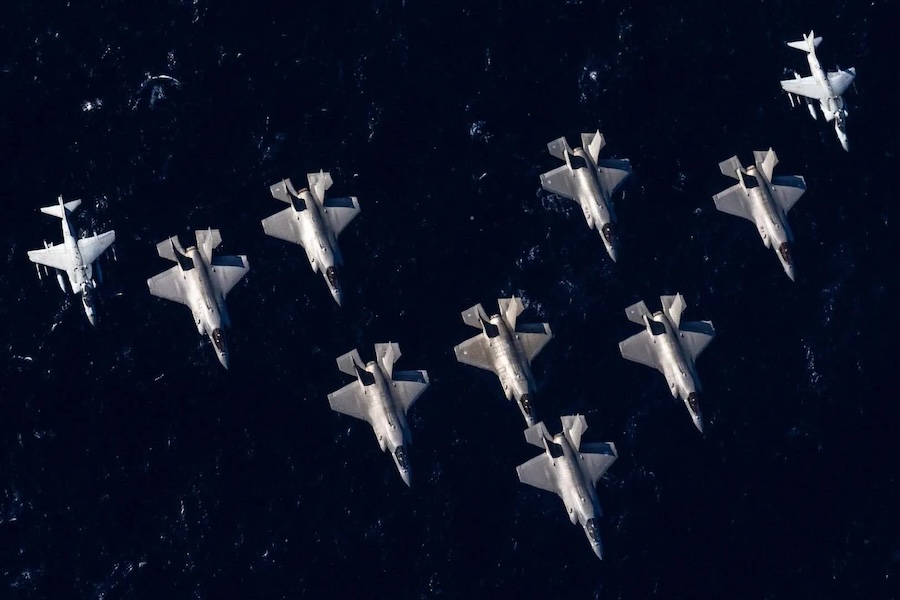The L-SAM-II, referred to as ‘South Korea’s K-THAAD’, is the second phase of the country’s Long-Range Surface-to-Air Missile (L-SAM) programme. It is designed to intercept ballistic missiles at higher altitudes and longer ranges than the original L-SAM, which completed development at the end of 2024.
The upgraded system will significantly enhance South Korea’s multi-layered missile defence network amid rising regional threats. Offering three to four times greater coverage than its predecessor, the L-SAM-II features advanced radar technology, improved command-and-control capabilities, and upgraded interceptor missiles.
The new Multi-Function Radar, considered the “eyes” of the L-SAM-II, will detect and track multiple long-range targets in real time. It also supports functions such as friend-or-foe identification and missile guidance, making it a key component in neutralising ballistic missile threats.
The radar incorporates high-precision algorithms optimised for upper-tier interception and significantly extends detection and tracking ranges compared to previous systems. It is capable of identifying and distinguishing between actual threats, friendly units, and non-threatening objects such as debris.
These improvements will support more effective interception of long-range ballistic missiles and high-altitude threats. “The radar is the core of any air defense system,” said Hyuk Park, Head of Hanwha Systems’ Defense Electronics Division. “We are committed to delivering cutting-edge solutions tailored to meet the needs of today’s complex battlefield.”
Hanwha Systems brings decades of experience in radar and defence electronics across land, air, and naval platforms. Its previous work includes AESA radars for the KF-21 fighter jet and MFR systems for both the Korean Destroyer (KDDX) and the FFX Batch-III frigate.
Looking ahead, Hanwha Systems plans to expand into the global Early Warning Radar (EWR) market. Its upcoming EWR system aims to detect missile threats from 2,000 to 3,000 kilometres away, forming a vital component of future strategic air defence networks.



